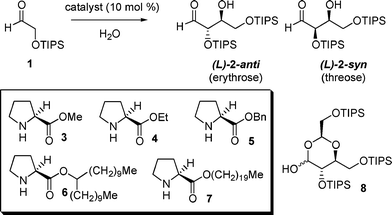Epigenetics is a mechanism that regulates gene expression independently of the underlying DNA sequence, relying instead on the chemical modification of DNA and histone proteins. Although environmental and genetic factors were thought to be independently associated with disorders, several recent lines of evidence suggest that epigenetics bridges these two factors. Epigenetic gene regulation is essential for normal development, thus defects in epigenetics cause various rare congenital diseases. Because epigenetics is a reversible system that can be affected by various environmental factors, such as drugs, nutrition, and mental stress, the epigenetic disorders also include common diseases induced by environmental factors. In this review, we discuss the nature of epigenetic disorders, particularly psychiatric disorders, on the basis of recent findings: 1) susceptibility of the conditions to environmental factors, 2) treatment by taking advantage of their reversible nature, and 3) transgenerational inheritance of epigenetic changes, that is, acquired adaptive epigenetic changes that are passed on to offspring. These recently discovered aspects of epigenetics provide a new concept of clinical genetics.
Takeo Kubota, Kunio Miyake and Takae Hirasawa



